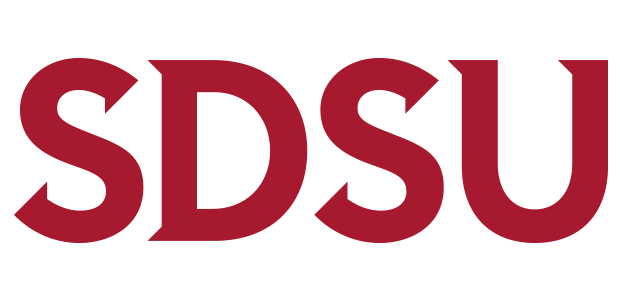Tight-Binding Approximations, Edge States, and PT symmetry in Honeycomb Optical Lattices
TITLE:
Tight-Binding Approximations, Edge States, and PT symmetry in Honeycomb Optical Lattices
DATE:
Friday, December 6th, 2013
TIME:
3:30 PM
LOCATION:
GMCS 214
SPEAKER:
Dr. Christopher Curtis. Dept. of Mathematics and Statistics SDSU
ABSTRACT:
Over the last several years, a great deal of interest has emerged over honeycomb optical lattices, which are modeled by a Gross-Pitaevskii (GP) equation with a periodic, two-dimensional potential. Using a tight-binding approximation in the semi-classical limit, a two-dimensional nonlinear discrete system has been derived as an approximation to the GP equation. We present results that establish the validity of this approximation on asymptotically long time scales.
By introducing an edge into the discrete system, we then present results on the propagation of modes localized along the edge, or edge modes. Ignoring nonlinearity, one can find a plethora of linear edge modes, but a central question is what is the impact of nonlinearity on these problems. In the case of weak nonlinearity, we have developed a rigorously justified approximation describing how linear modes are modified. The most important result from this is that the nonlinearity does not cause delocalization away from the edge. In the case of strong nonlinearity, we present numerical results which show the nonlinearity does not cause delocalization, and thus edge modes should be a stable feature for optical lattices with edges.
Finally, we present new results on the impact of introducing complex perturbations to the honeycomb lattice. These complex perturbations are such that while the linear Schroedinger is no longer self-adjoint, it is still symmetric with respect to parity and time inversion operations. We then show that with added symmetries, these perturbed honeycomb lattices still have real valued dispersion relationships. Further, we see how complex perturbations allow for the shaping of dispersion relationships into novel structures.
HOST:
Dr. Jose Castillo
DOWNLOAD:

